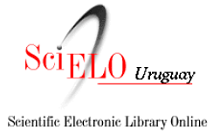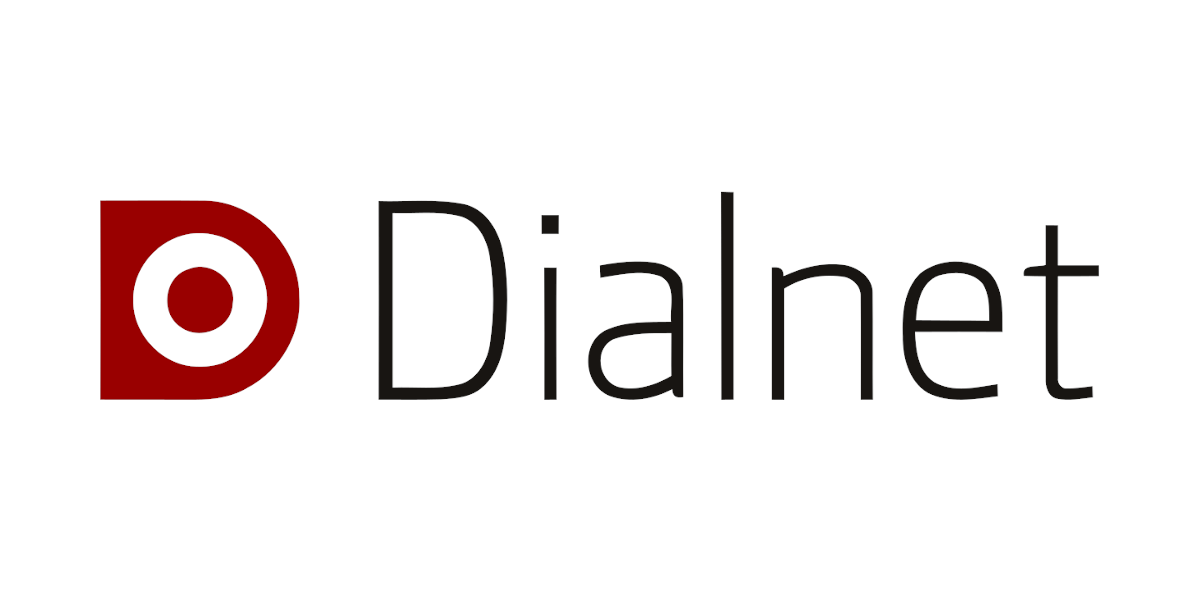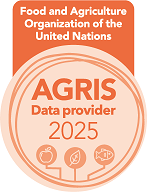Eficacia protectiva de una vacuna inactivada trivalente contra un desafío de dos cepas provenientes de dos clados de influenza de alta patogenicidad en pavos
Palabras clave:
Influenza, Vacunación, PavosResumen
Highly Pathogenic Avian Influenza (HPAI) poses a significant threat to the poultry industry and human health. While the benefits of vaccinating chickens and ducks against HPAI have been well-documented, studies on the efficacy of turkey vaccination remain limited. This study aimed to evaluate the effectiveness of an inactivated trivalent HPAI vaccine in turkeys exposed to two HPAI strains, clade 2.2.1.2 and clade 2.3.4.4.b. Ninety turkeys were included in the study (no HPAI MDA), sourced from a commercial flock of 10,000 white turkeys and housed at a BSL3 laboratory at day old. Turkeys were split in 6 groups (15 turkeys/group). Birds in Group 1, 3 and 5 were subcutaneously (SC) vaccinated at 7 days of age with a commercial inactivated HPAI vaccine, Mefluvac™ H5 Plus 8 (H5N1 clade 2.2.1.1, H5N1 clade 2.2.1.2 and a H5N8 clade 2.3.4.4; Mevac). Birds in Groups 2, 4 and 6 were unvaccinated controls. At 35 days of age Groups 1 and 2 were challenged intranasally with H5N1 clade 2.2.1.2 (2017); at the same age, groups 3 and 4 were challenged with H5N8 clade 2.3.4.4b (2020). Groups 5 and 6 were non-challenged controls. HI test was carried out on serum from all birds at 14, 21, 28, and 35 days old. Mortality rates were monitored, viral shedding was assessed using PCR. G1 and G3 showed 100 % protection after challenge with H5N1 and H5N8, respectively. Birds in G2 and G4 showed 100 % mortality within3days post challenge. G5 and G6 demonstrated 100 % liveability. Viral excretion was lower in vaccinated birds. At 3 days post challenge, viral excretion was reduced from 4.4±0.7 in G2 to 2.1±0.5 Log10 viral copies in G1 and from 4.6±0.4 in G4 to 2.3±0.6 Log10 viral copies in G3. At 3 days post challenges, 100 % of birds in G2 and G4 were viral shedders whereas only 20 % and 27 % of birds in G1 and G3, respectively, were shedding virus. No shedding in birds in G1 and G3 at 7 DPC. In all vaccinated groups, seroconversion was observed at one week post vaccination, reaching protective levels by two weeks post vaccination. This study demonstrates that the use of an inactivated multivalent HPAI vaccine effectively protect turkeys against HPAI two different viral clades. Vaccination protects birds from mortality but also reduces viral shedding and the percentage of shedders, and induces protective humoral immunity. This work reinforces that turkey vaccination with inactivated HPAI vaccines should be considered in endemic areas to support successful avian influenza control.
Descargas
Publicado
Cómo citar
Número
Sección
Licencia
Derechos de autor 2025 Sociedad de Medicina Veterinaria del Uruguay-Facultad de Veterinaria, Universidad de la República

Esta obra está bajo una licencia internacional Creative Commons Atribución 4.0.











